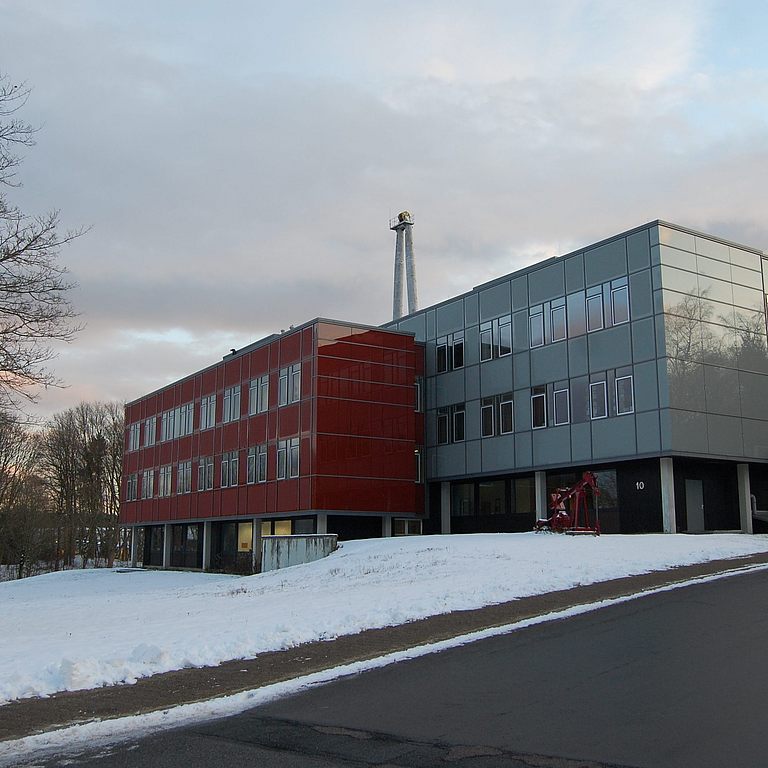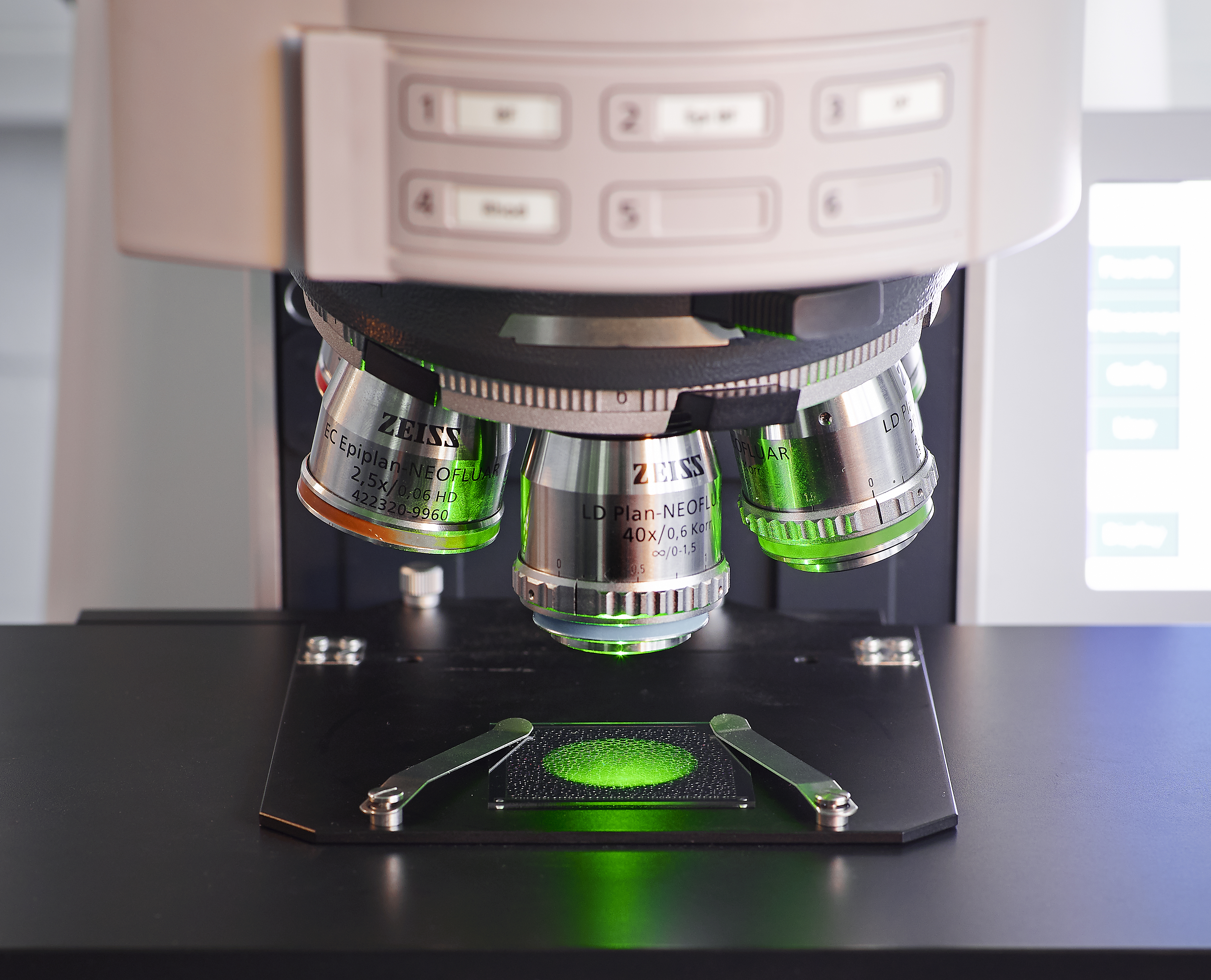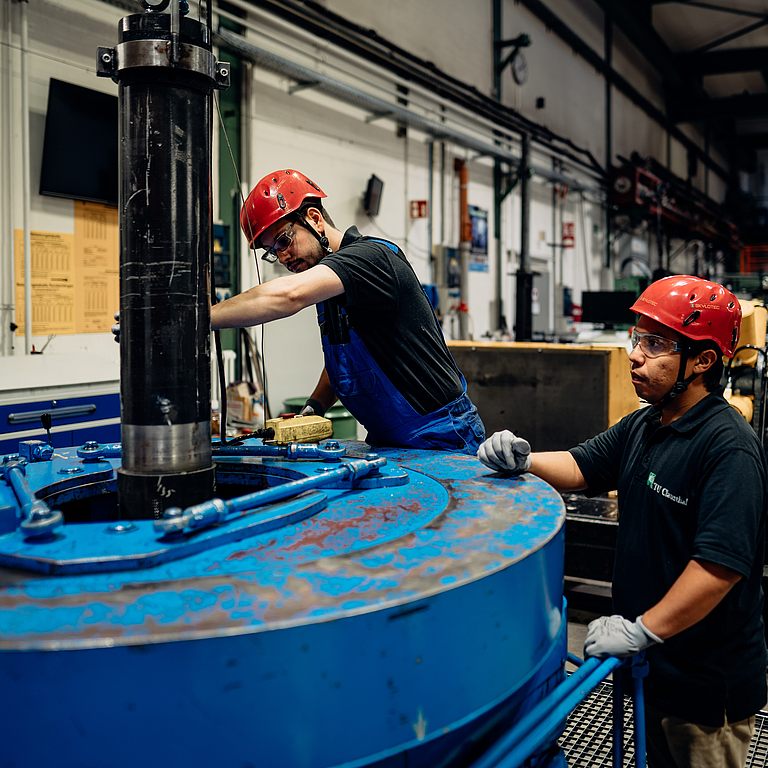Research on Microbial Induced Reactions in Hydrogen Salt Caverns
In the future, hydrogen is expected to be stored in repurposed underground salt caverns that were formerly used for natural gas or oil storage, or that have only been exposed to brine. These different usage histories likely result in distinct microbiomes, shaped by the specific nutrient availability and substrate conditions in each cavern type.
To account for these differences, the project investigates three representative cavern environments: (A) a former natural gas cavern, (B) a former oil storage cavern, and (C) a brine-only cavern.
The research is organized into three work packages (WPs):
- WP 1 – Sampling (SOCON and Microbify)
- WP 2 – Microbiological Analysis (Microbify)
- WP 3 – Modeling (TU Clausthal)
Within WP 3, the Institute of Subsurface Energy Systems (ITE) at TU Clausthal will develop a reactive transport model to simulate and predict microbially induced processes in salt caverns under hydrogen storage conditions. This model will incorporate experimental data generated in WP 2, such as microbial growth kinetics, metabolic pathways, and interactions with the geological matrix under high-pressure hydrogen atmospheres.
Following a detailed calibration phase, the model will be upscaled to represent realistic cavern conditions. It will then be used to forecast key microbial impacts on hydrogen storage operations, including hydrogen consumption, gas composition shifts, and potential biofilm formation. The modeling outcomes will provide a foundation for evaluating microbial risks during underground hydrogen storage.




